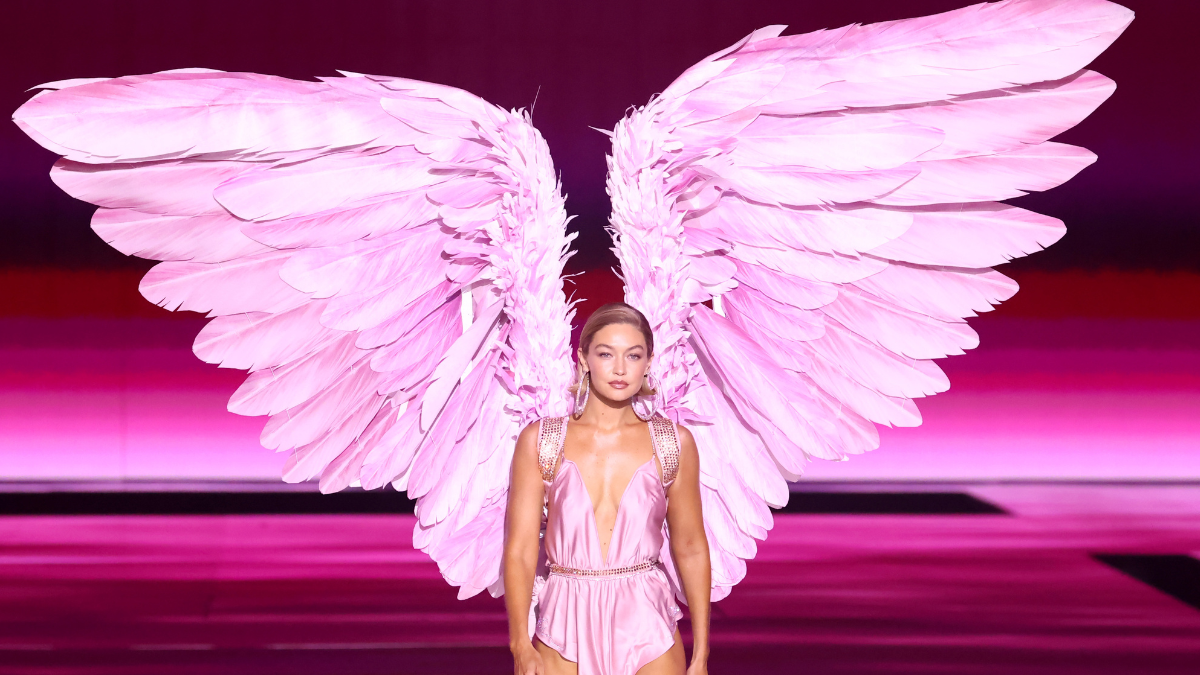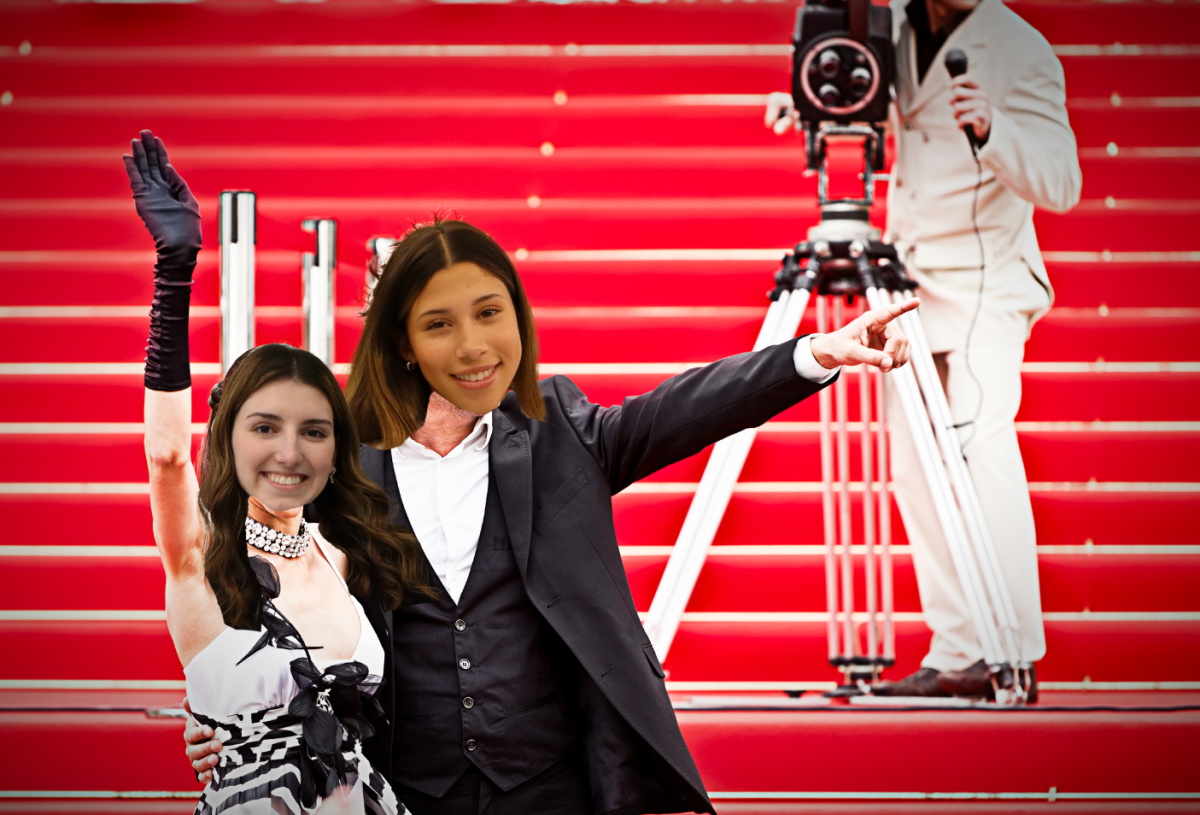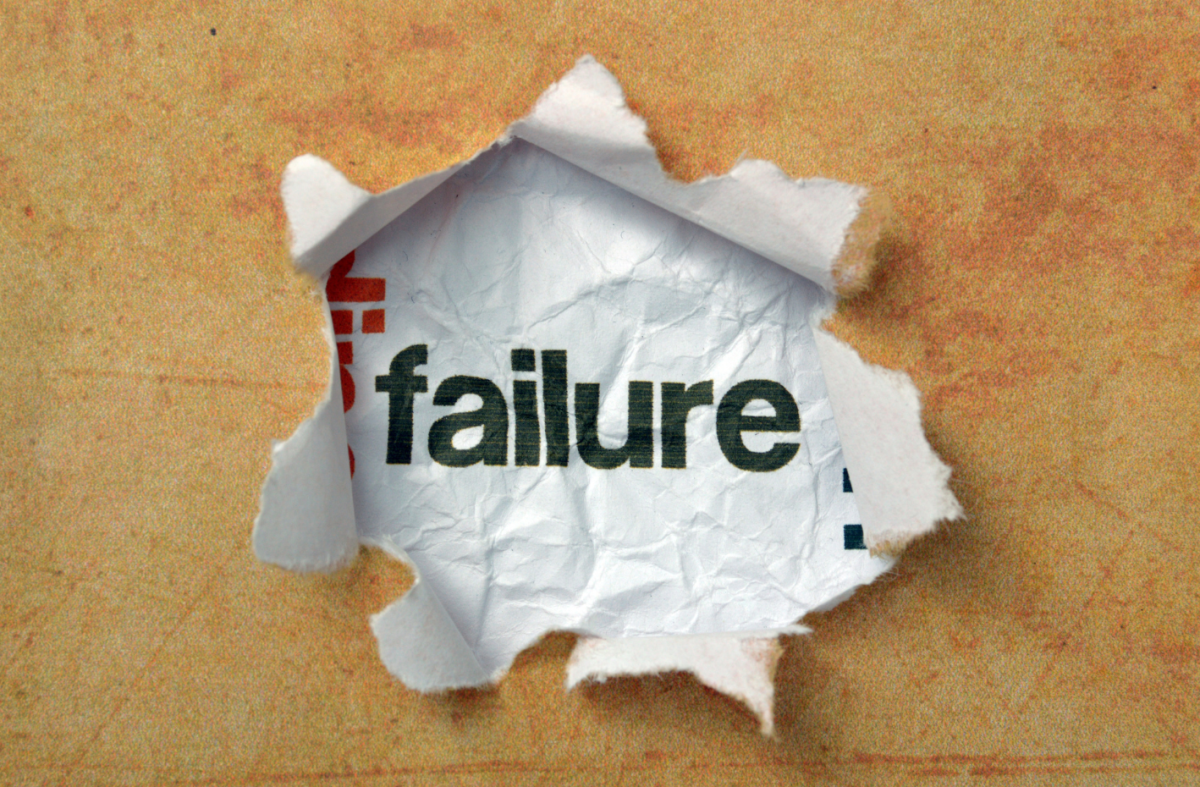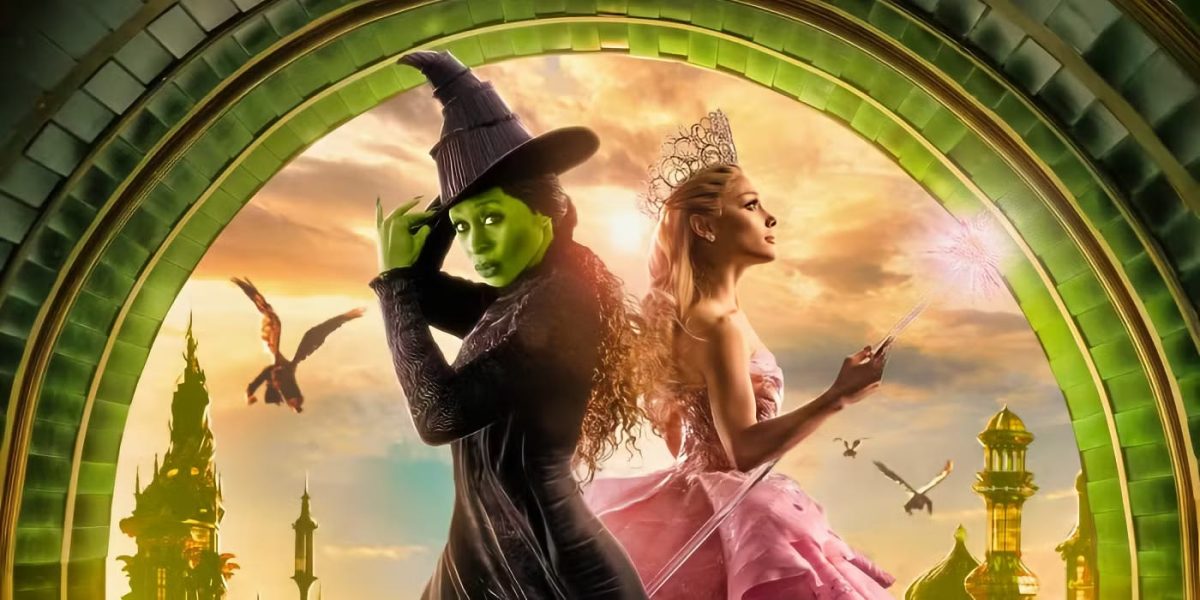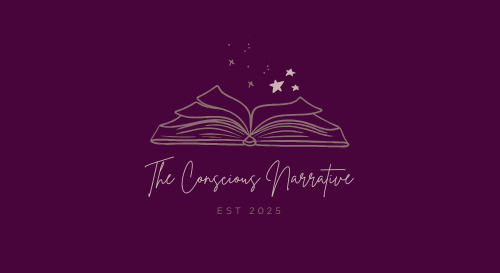If you were to open TikTok, Instagram, or any social media app in the past couple of weeks, you would see what we are all seeing. And while it might not whisk you back to the captivating energy of the 2000s with sparkles and Swarovski-lined feathers amid Justin Timberlake skimping down the runway, it’s back. And, as it claims, better than ever.
Victoria’s Secret (VS) made a return to the runway last week, with anticipating individuals all around the world waiting eagerly to witness the comeback of iconic models including Adriana Lima, Alessandra Ambrosio, and Candice Swanepoel, to name a few. Located in the heart of New York City, the Empire State Building gleamed a seductive rose tint on October 15th as social media influencers posed with their iconic pin-striped pajama sets on TikTok. For decades, Victoria’s Secret has been quintessential to the fashion industry, but why? What makes a lingerie brand, in which there are many, so hypnotic and enthralling? Perhaps it was the vitality of the 2000s, in which “Angels” sparked the runway with powerful catwalks and palpable excitement, or maybe it was the distinct themes, such as “Santa’s Helpers (2005),” “Glamour Goddess (2008),” and “Winter Wonderland (2006).”
For impressionable young girls everywhere, feeling sexy or confident once meant wearing the Victoria’s Secret brand on one’s shoulders, blowing a kiss at the models on the walls, and walking out of the mall with an affordable fantasy. It also meant watching the supermodel phenomena thrive in the limelight, as Victoria’s Secret’s Angels compelled audiences with their mesmeric beauty and ethereal mystique, while marketing for something all women could wear: confidence.
In the 2000s, the superior quality of Victoria’s Secret had a backbone built on sexiness and female empowerment, leaving little room for competing lingerie brands. No brand could come close to its influence, especially in terms of its fantastical allure. As for the mesmerizing, sexualized energy of glamor and its sparkling impact, VS set the beauty standard. At least, until 2018 it did.
Lingerie brands like Aerie (a sub-brand of American Eagle) and Savage x Fenty by Rihanna sparked movements for more expansive consumer ranges, marking the start of body inclusivity and diversity amongst brands across the globe, especially in terms of body positivity… And while such brands thrived due to their foundation of positive values in the modernized fashion industry, Victoria’s Secret didn’t. Yes, glamor, thrills, and overcompensated sex appeal enchanted the nation for a decade-long run. However, VS’ outdated beauty standards of the ideal, perfect woman, along with minimal to no diversity, began to curb its audience. In regards to their marketing, Victoria’s Secret began to see drops in sales, as more body-inclusive lingerie brands capitalized against Victoria’s Secret’s “perfect body” campaigns. It seemed that the era of bombshell femininity didn’t cater to all consumers, and as Victoria’s Secret failed to adapt to evolving standards, it became out of touch with reality.
There is no way to pinpoint exactly when inclusivity first became a widespread phenomenon, but as it garnered attention over the years, the first characteristic it dropped was the male-dominated gaze. In summary, the secret to one’s self-image was simple: reject men’s oversexualized account of attractiveness and, instead, adopt a feminist approach to beauty. Victoria’s Secret, a brand that was long rooted in sexiness and upheld by the male gaze, was slow to adhere to the newfound standards of the modern age, warranting disapproval from consumers and media alike. With brands like Aerie campaigning for self-love and inner positivity rather than looking sexually desirable in the eyes of another, Victoria’s Secret sales fell behind, as did its cultural relevance.
After years of Victoria’s Secret’s notorious exclusivity and broadcasted cancellation across media, I was shocked to hear about their efforts to be more inclusive in their return to the runway. With news of Victoria’s Secret’s rebranded fashion show, I didn’t know what to expect. Its efforts deemed itself as inauthentic. And while I cannot blame the brand for its performative efforts to revamp its once articulate playground, we must remember that its foundation was built upon narrow sexualization, not inclusivity. Similarly, its theatrical efforts seemed so disingenuous that the energy of the show was off-putting, serving as a bandaid for past controversies. Shifting from an abrupt, over-the-top, and sensualized glamor to a collected, sensibility lacking coherence, the show left audiences, like myself, unable to place a theme or drive a definitive purpose for the return of the show.
Following the show, recollected responses gathered on social media, and long-time fans expressed their concerns with the overall energy of the show, as the expectations of a sparkling runway and boldly seductive blowouts were not met.
The main quandary that clouded my perspective was Victoria’s Secret’s superficial fixes. Such a definitive shift displayed a need for a cultural response–not a shift in the brand’s values. While its efforts can be largely acknowledged, audiences are able to discern the lack of honesty in the big picture: inclusivity was simply added and not rooted in the brand’s foundation.
While there is no denying that Victoria’s Secret has played a monumental role in the progression of the fashion industry, the opportunity for a revamping was given, and instead of taking it to project women’s authenticity and evolving empowerment, the outdated brand simply played at its strings in order to maintain cultural relevance. Inclusivity is not something can be plastered on in one go. It must be prioritized from the start.

